Home>Dining>Tableware>How To Make Table Runners And Placemats
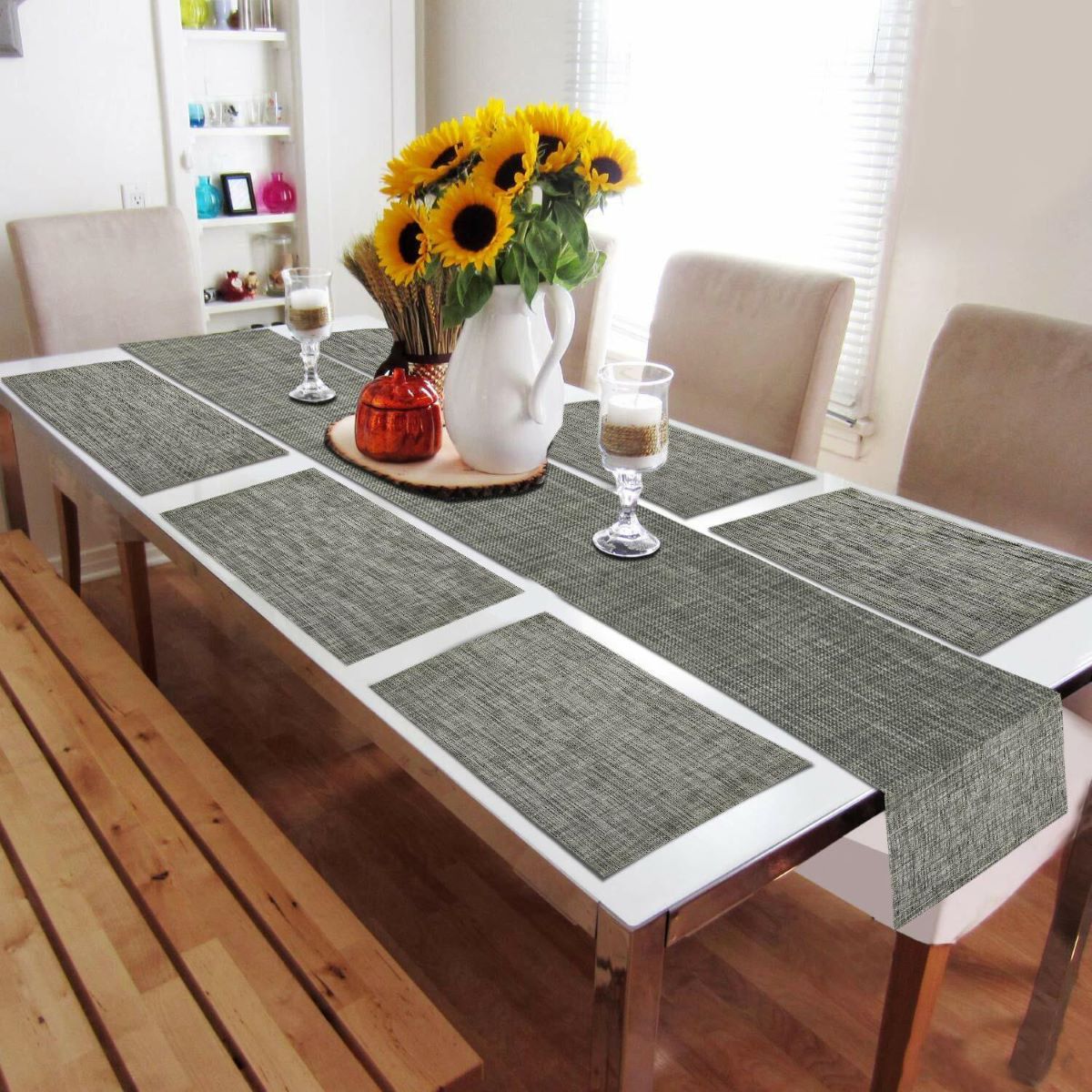

Tableware
How To Make Table Runners And Placemats
Modified: February 24, 2024
Learn how to make stunning table runners and placemats to enhance your tableware collection. Discover easy DIY techniques and create a beautiful table setting.
(Many of the links in this article redirect to a specific reviewed product. Your purchase of these products through affiliate links helps to generate commission for Storables.com, at no extra cost. Learn more)
Introduction
Welcome to the world of tableware design! Whether you’re hosting a dinner party, setting the table for a special occasion, or simply looking to add a touch of elegance to your everyday meals, table runners and placemats are the perfect accessories to enhance your dining experience. Not only do they protect your table from spills and scratches, but they also serve as stylish centerpieces, adding color, texture, and personality to your table setting.
In this article, we will guide you through the process of creating your very own table runners and placemats. We will provide you with step-by-step instructions on choosing the right fabrics, measuring and cutting the materials, employing various sewing techniques, and adding decorative elements to make your tableware truly unique.
Table runners and placemats come in a wide variety of styles, colors, and patterns. By crafting them yourself, you have the freedom to customize and tailor them to your personal taste and the theme of your dining space. Plus, making your own table runners and placemats can be a fun and rewarding DIY project that allows you to express your creativity and showcase your sewing skills.
So, let’s dive in and get started on creating beautiful table runners and placemats that will impress your family, friends, and guests!
Key Takeaways:
- Create personalized table runners and placemats using durable fabrics and basic sewing techniques to add elegance and style to your dining space while showcasing your creativity and sewing skills.
- Customize your tableware with decorative elements such as embroidery, applique, fabric paint, and trims to make your handmade table runners and placemats truly unique and visually stunning.
Read more: How To Use Table Runners And Placemats
Materials Needed
Before we begin crafting our table runners and placemats, let’s gather all the necessary materials. Here’s a list of what you’ll need:
- Fabric: Choose fabrics that are durable and easy to clean, such as cotton, linen, or quilted materials. Consider the color and pattern that will complement your table setting.
- Measuring Tape: An essential tool for accurate measurements.
- Scissors: Sharp scissors for cutting the fabric.
- Sewing Machine: Unless you prefer hand-sewing, a sewing machine will make the process faster and more efficient.
- Thread: Select a thread color that matches or complements the fabric.
- Pins: Use pins to hold the fabric in place while sewing.
- Iron: An iron is essential for pressing the fabric and creating neat folds and seams.
- Embroidery Floss or Decorative Trimmings (optional): These can be used to add decorative elements to your table runners and placemats.
You may also want to consider having a ruler, a fabric marking pen or chalk, and a seam ripper handy in case you need to make adjustments or correct any mistakes.
Once you have gathered all the necessary materials, you’re ready to move on to the next steps: choosing the right fabrics for your table runners and placemats.
Choosing Fabrics
When it comes to choosing fabrics for your table runners and placemats, there are a few factors to consider. First and foremost, you want to select fabrics that are durable and can withstand regular use and washing. Cotton and linen are popular choices as they are both sturdy and easy to care for. Consider fabrics with a tight weave to prevent stains from seeping through.
Next, think about the color and pattern of the fabric. You want to choose fabrics that complement your existing tableware and room decor. Solid colors can add a touch of sophistication and elegance, while patterns can bring visual interest and personality to your table setting. Consider the overall theme or style you want to achieve, whether it’s modern, rustic, or traditional.
Additionally, take into account the size of your table. Table runners and placemats should be proportionate to the table’s dimensions. For a longer table, a wide table runner might be more appropriate, whereas for a smaller table, a narrower runner or individual placemats might work better.
Lastly, think about the practicality of the fabric. Opt for fabrics that are easy to clean and maintain. Machine-washable fabrics are preferable, as they can easily be tossed in the washing machine after use. Avoid fabrics that require special care or are prone to wrinkling, as this can make them less practical for everyday use.
Once you’ve considered these factors, head to your local fabric store or explore online fabric retailers to browse through the available options. Don’t be afraid to take samples or swatches of different fabrics and lay them on your table to see how they look in your space. This will give you a better idea of how the colors and patterns will work together before making your final decision.
Now that you have a clear understanding of how to choose the right fabrics, let’s move on to the next step: measuring and cutting the materials for your table runners and placemats.
Measuring and Cutting
Accurate measurements are key to ensuring that your table runners and placemats fit perfectly on your table. To get started, gather your chosen fabric and measuring tape. Here’s how to measure and cut the materials:
1. Table Runners:
- Measure the length of your table from one end to the other. This will determine the length of your table runner.
- For the width, decide how wide you want your runner to be. A standard width is around 14 inches, but you can adjust it based on your preference and table size.
- Add an extra inch or two to your measurements to account for seam allowances.
- Using a ruler or straight edge, mark the measurements on your fabric.
- Carefully cut along the marked lines to create your table runner.
2. Placemats:
- Measure the width and length of your tableware, such as plates and silverware, to determine the size of your placemats.
- Add an extra inch to each measurement for seam allowances.
- Decide if you want rectangular or square placemats.
- Using a ruler or straight edge, mark the measurements on your fabric.
- Carefully cut along the marked lines to create your placemats.
Remember to use sharp scissors to ensure clean and precise cuts. Take your time to double-check your measurements before cutting to avoid any mistakes that may affect the final appearance of your table runners and placemats.
Once you have cut the fabric pieces, it’s time to move on to the next step: sewing techniques. This is where your sewing skills will come into play as you transform the fabric into functional and decorative tableware. Let’s proceed to the sewing techniques section to learn more.
Sewing Techniques
Now that you have your fabric pieces cut to the desired measurements, it’s time to put your sewing machine to work and bring your table runners and placemats to life. Here are some basic sewing techniques to follow:
1. Hemming:
To give your table runners and placemats a polished look, it’s important to hem the edges. Fold over the raw edges of the fabric about ¼ inch and press them with an iron to create a crisp edge. Then, fold over the fabric again about ¼ inch and press. Pin the folded fabric in place and sew along the edge using a straight stitch. Repeat this process for all sides of your table runner and placemats.
2. Topstitching:
If you want to add an extra decorative touch to your table runners and placemats, consider topstitching. This is a visible line of stitching that is meant to be seen on the fabric surface. You can topstitch along the edges of the hems or along the seams to add a professional finish. Choose a thread color that complements your fabric, and sew a straight line of stitches about ¼ inch from the edge. This will not only enhance the aesthetic appeal but also provide added durability.
3. Binding:
If you prefer a more tailored look for your table runners and placemats, you can opt to add binding to the edges. Binding involves attaching a strip of fabric to encase the raw edges and create a clean and finished look. To bind the edges, cut strips of fabric that are about 2 inches wide and long enough to cover the perimeter of your table runner or placemat. Fold the strip in half lengthwise and press it with an iron. Align the raw edges of the strip with the raw edges of the fabric and sew along the folded crease. Fold the binding over the raw edges and sew it down using a straight stitch or decorative stitch.
These sewing techniques may require some practice, so don’t be discouraged if your first attempts aren’t perfect. Take your time and remember that with each project, your sewing skills will improve.
Now that we have covered the sewing techniques, let’s move on to the step-by-step process of making table runners followed by making placemats.
When making table runners and placemats, choose durable and easy-to-clean fabrics like cotton or linen to ensure they can withstand regular use and washing.
Read more: How To Make A Quilted Placemat
Making the Table Runners
With your fabric pieces cut and your sewing techniques mastered, it’s time to begin making your table runners. Follow these steps to create your beautiful table runners:
- Start by hemming the edges of your fabric pieces. Fold over the raw edges about ¼ inch and press with an iron. Then, fold over the fabric again about ¼ inch and press. Pin in place.
- Using your sewing machine, sew along the folded edge to secure the hem.
- If you choose to add topstitching, sew a straight line of stitches about ¼ inch from the folded edge, following the length of the runner.
- Repeat the process for all sides of your table runner, creating neat hems and stitches.
- Once hemming is complete, your table runner is ready to adorn your table! Lay it lengthwise across the center of your table, allowing it to drape over the edges. Adjust its positioning until you achieve the desired look.
Remember to take your time and ensure clean and precise sewing lines throughout the process. The final result will be a custom-made table runner that adds a touch of elegance and style to your dining space.
Now that you have mastered the art of making table runners, let’s move on to creating beautifully coordinated placemats.
Making the Placemats
Creating your own placemats allows you to personalize your table setting and add a unique touch to your dining experience. Follow these steps to make your own beautiful placemats:
- Begin by hemming the edges of your fabric pieces. Fold over the raw edges about ¼ inch and press with an iron. Then, fold over the fabric again about ¼ inch and press. Pin in place.
- Using your sewing machine, sew along the folded edge to secure the hem.
- If desired, add decorative topstitching along the edges of your placemats. Sew a straight line of stitches about ¼ inch from the folded edge, following the perimeter of the placemat.
- Repeat the process for all of your fabric pieces, creating neat hems and stitches.
- Once you have finished sewing all the placemats, lay them out on your dining table to ensure that they fit well and look aesthetically pleasing.
Congratulations! You have successfully created your very own set of custom-made placemats. With their personalized touch and attention to detail, your dining table will now exude warmth and style, making every meal a special occasion.
Now that you’ve completed making both the table runners and placemats, let’s explore how you can add some decorative elements to further enhance their appeal.
Adding Decorative Elements
To truly make your table runners and placemats stand out, you can consider adding some decorative elements. These additions will not only add visual interest but also showcase your creativity. Here are a few ideas to inspire you:
1. Embroidery: Consider adding beautiful embroidery designs to your fabric pieces. Whether it’s delicate floral patterns, intricate geometric motifs, or personalized monograms, embroidery can instantly elevate the look of your tableware. Use embroidery floss in complementing colors and stitch your desired designs onto the fabric.
2. Applique: Add some texture and dimension to your table runners and placemats by incorporating applique. This technique involves attaching fabric cutouts onto the base fabric. Choose contrasting or coordinating fabrics to create intricate shapes or designs. Secure the applique pieces in place with a straight or decorative stitch.
3. Fabric Paint: Unleash your inner artist by using fabric paints to create unique designs on your table runners and placemats. Experiment with patterns, colors, and textures to achieve the desired effect. You can use stencils, stamps, or freehand techniques to create your own customized designs.
4. Trim and Embellishments: Add a touch of flair with decorative trims and embellishments. Consider adding lace, ruffles, pom-pom trims, or fabric bows along the edges of your table runners and placemats. These little details can bring a whimsical or elegant touch to your tableware.
Remember, when adding decorative elements, ensure that they are securely attached to the fabric and won’t interfere with the functionality of the table runners and placemats. Take the opportunity to get creative and let your personal style shine through.
With the addition of these decorative elements, your table runners and placemats will become true works of art, creating a stunning focal point on your dining table.
Now that you’ve completed your DIY project of making table runners and placemats, it’s time to enjoy and showcase your beautiful creations. They will undoubtedly impress your family, friends, and guests during all your meals and special occasions.
Here’s to creating memorable dining experiences with your handmade tableware!
Conclusion
Congratulations on completing your journey into the world of tableware design! By crafting your own table runners and placemats, you have not only added a touch of elegance and style to your dining space but also expressed your creativity and sewing skills.
We started by discussing the importance of choosing the right fabrics that are both durable and visually appealing. We then moved on to measuring and cutting the materials to ensure a perfect fit. The sewing techniques we explored, including hemming, topstitching, and binding, helped create polished and professional-looking edges. Finally, we explored the option of adding decorative elements such as embroidery, applique, fabric paint, and trims to further personalize and enhance your table runners and placemats.
Now, it’s time to showcase your beautiful creations! Lay your custom-made table runners lengthwise across your dining table, allowing them to drape over the edges, bringing a touch of elegance and sophistication. Place your placemats on each setting, adding a personalized touch to each dining experience.
As you gather around your table, whether for everyday meals or special occasions, take pride in your handmade tableware. Your guests will be impressed by your attention to detail and the unique character it adds to your dining space.
Remember, this journey doesn’t have to end here. You can continue to explore different fabric choices, experiment with new sewing techniques, or try out more intricate decorative elements. The possibilities are endless, and you have the skills and creativity to continue creating remarkable tableware designs.
We hope this guide has inspired you to embark on future DIY projects and unleash your creativity through tableware design. Enjoy the process, showcase your talents, and create memorable dining experiences with your custom-made table runners and placemats.
Happy sewing and table styling!
Frequently Asked Questions about How To Make Table Runners And Placemats
Was this page helpful?
At Storables.com, we guarantee accurate and reliable information. Our content, validated by Expert Board Contributors, is crafted following stringent Editorial Policies. We're committed to providing you with well-researched, expert-backed insights for all your informational needs.
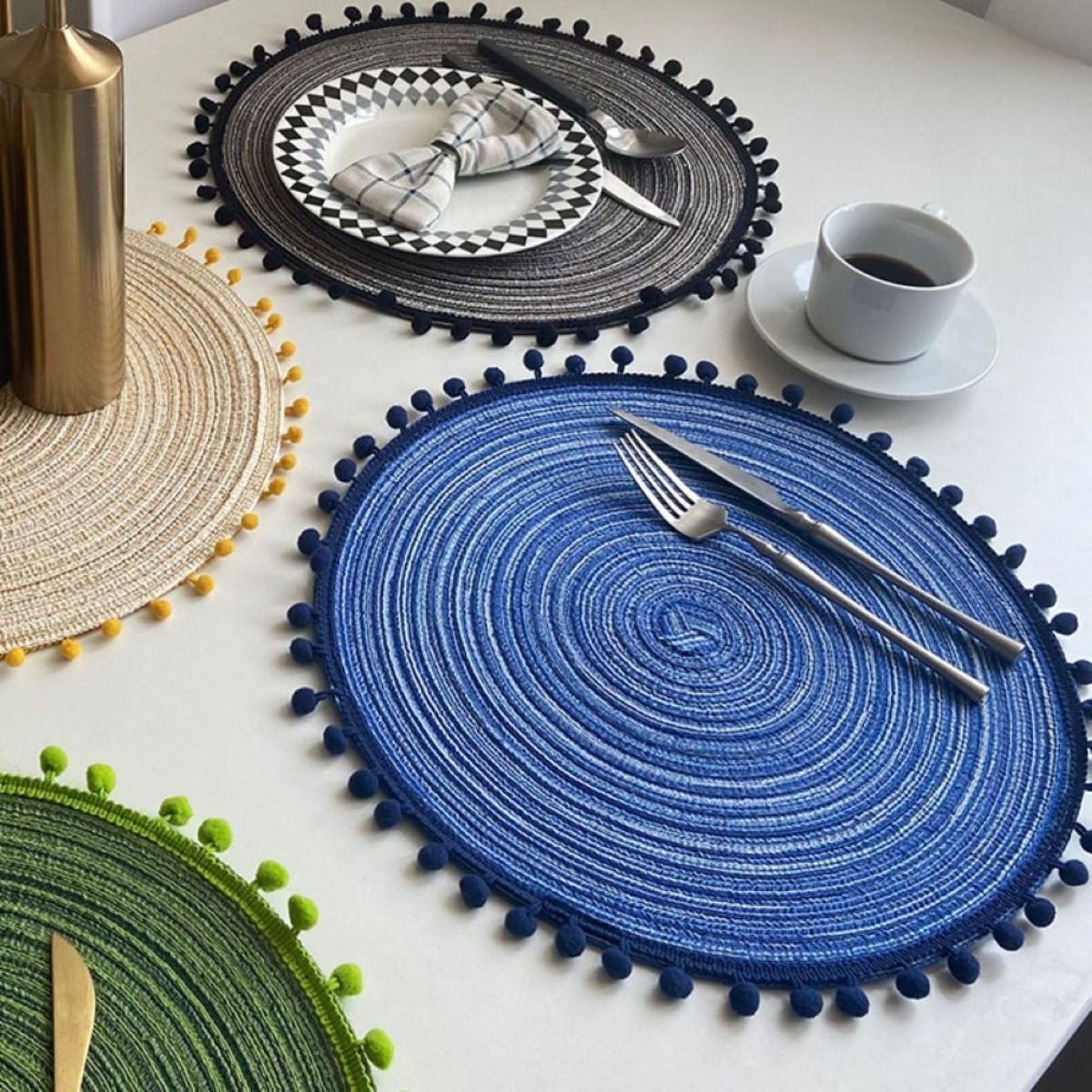
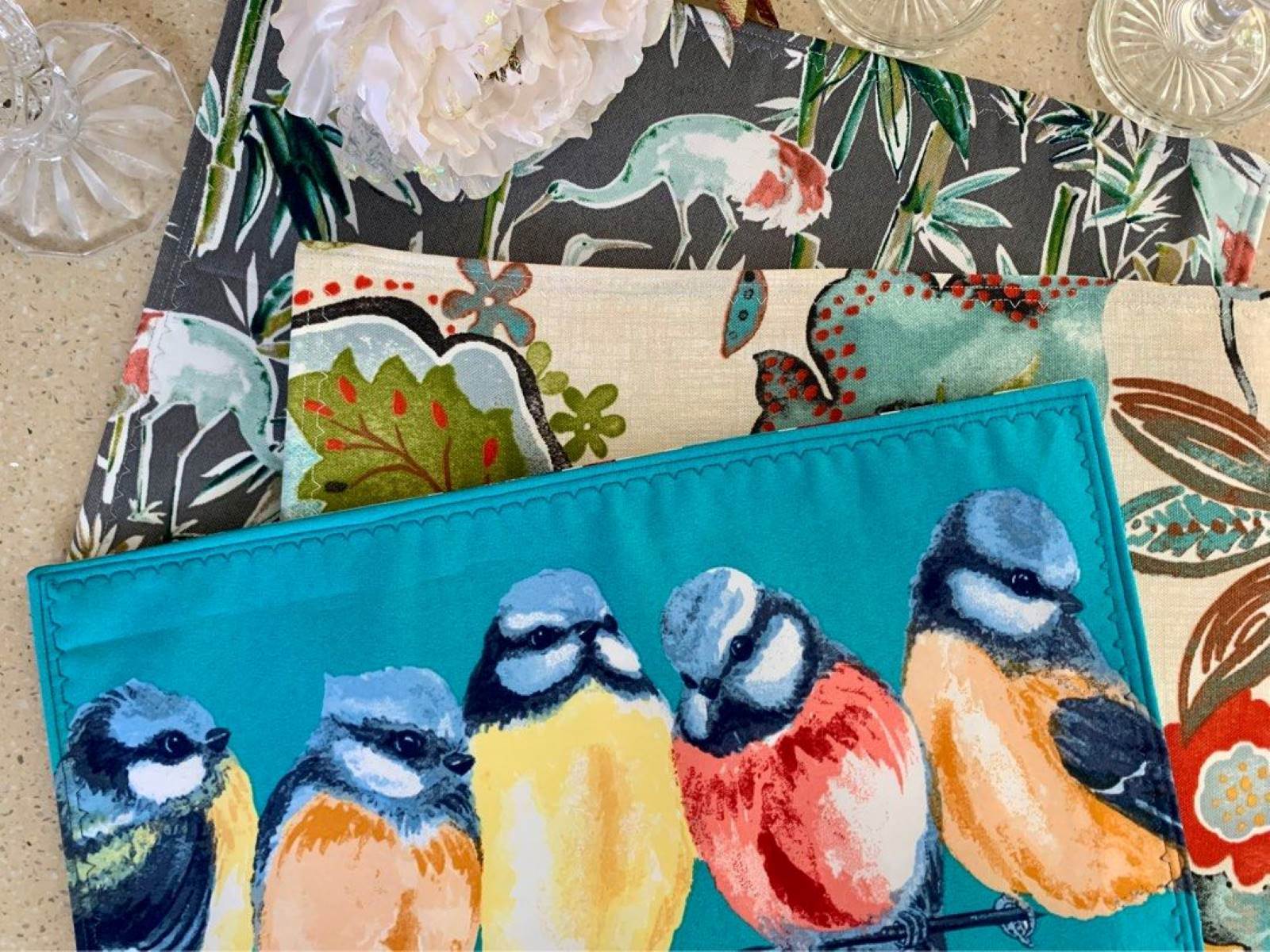
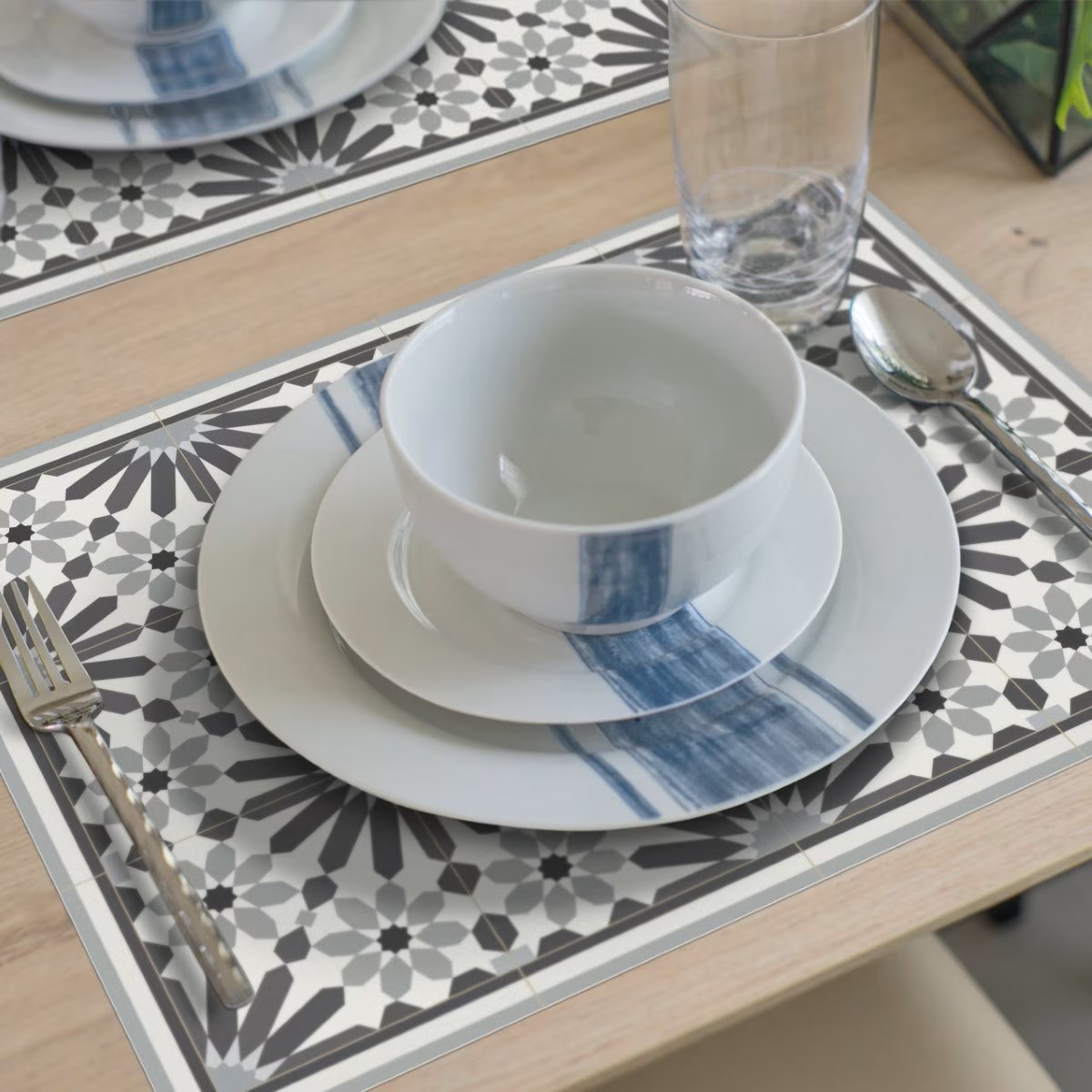
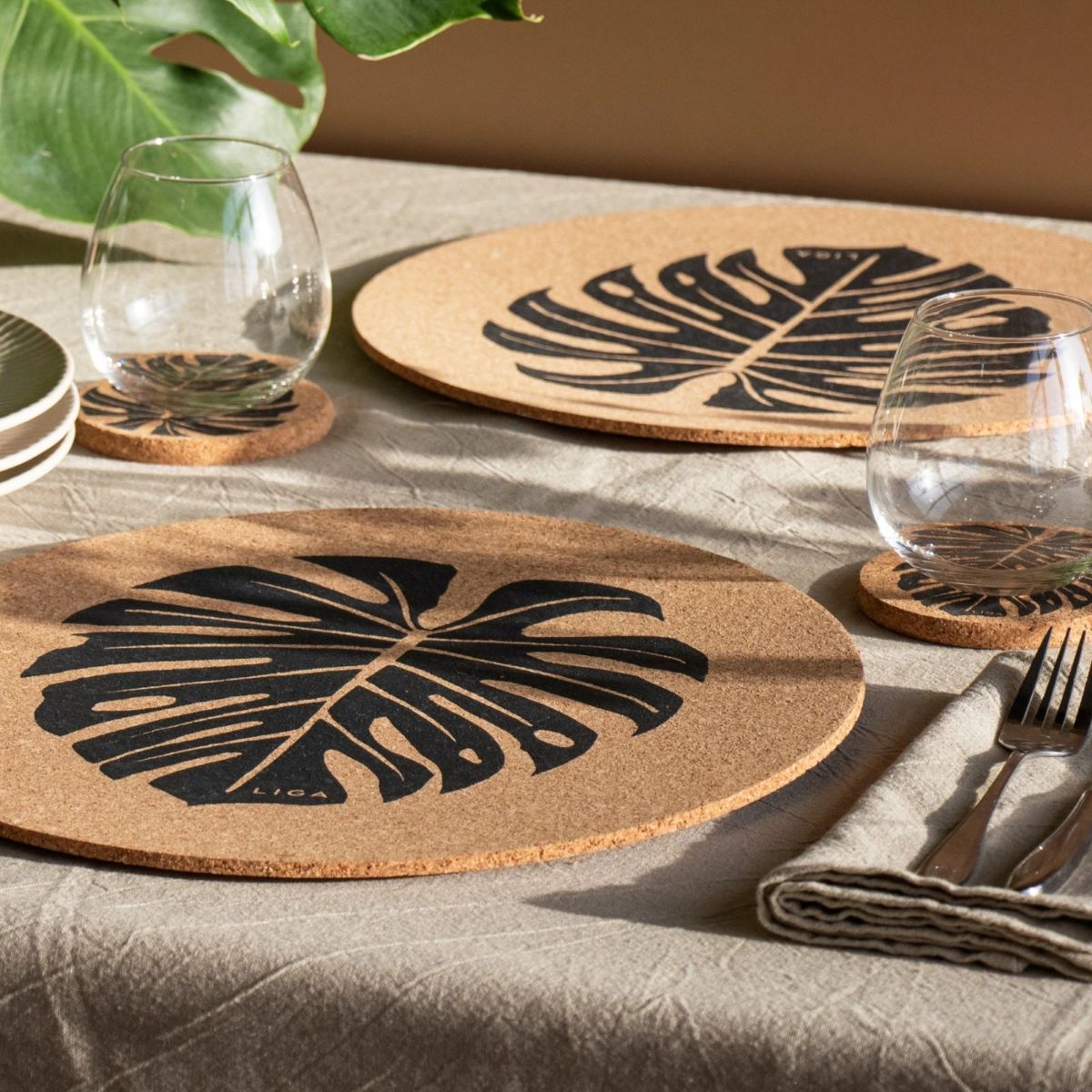
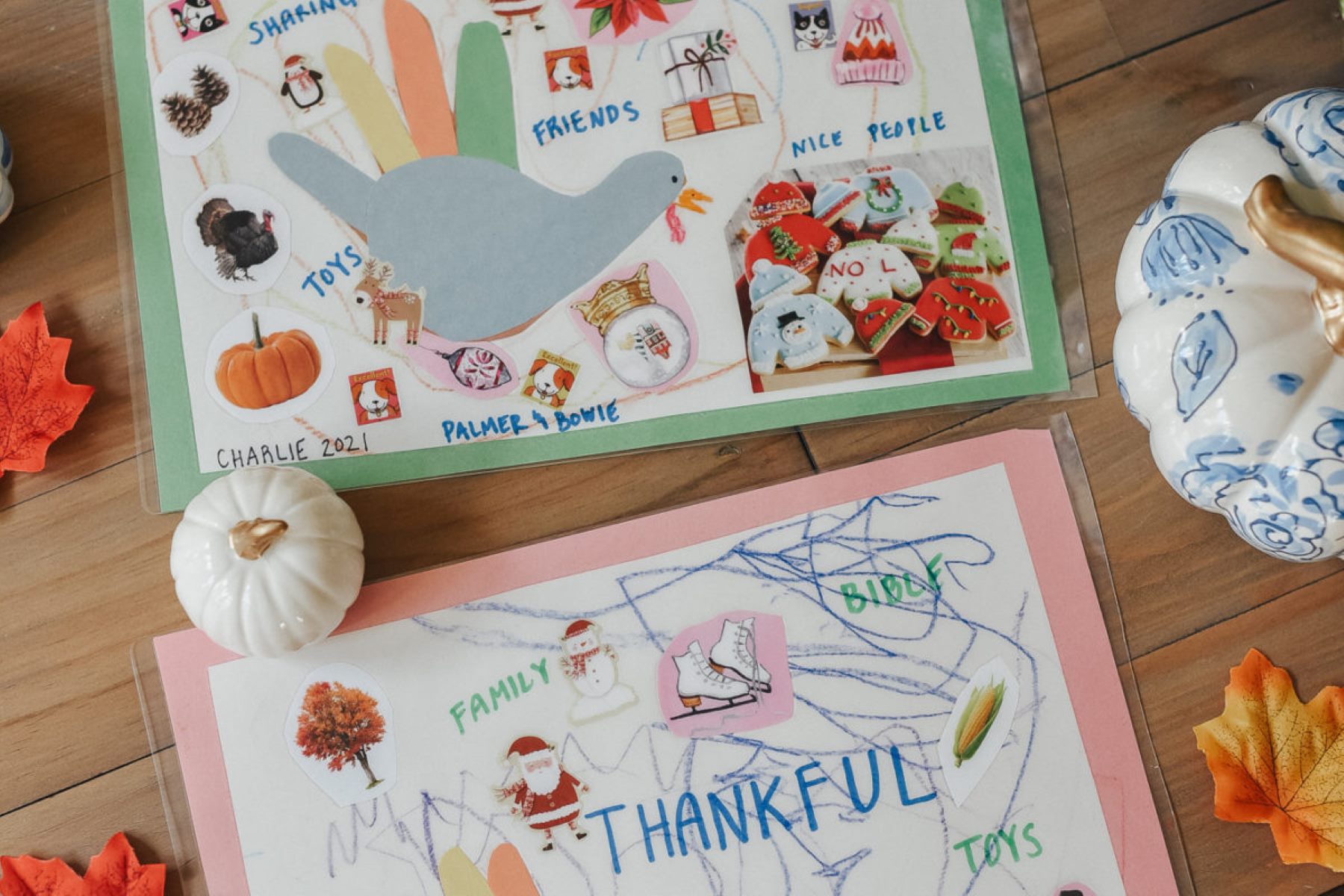
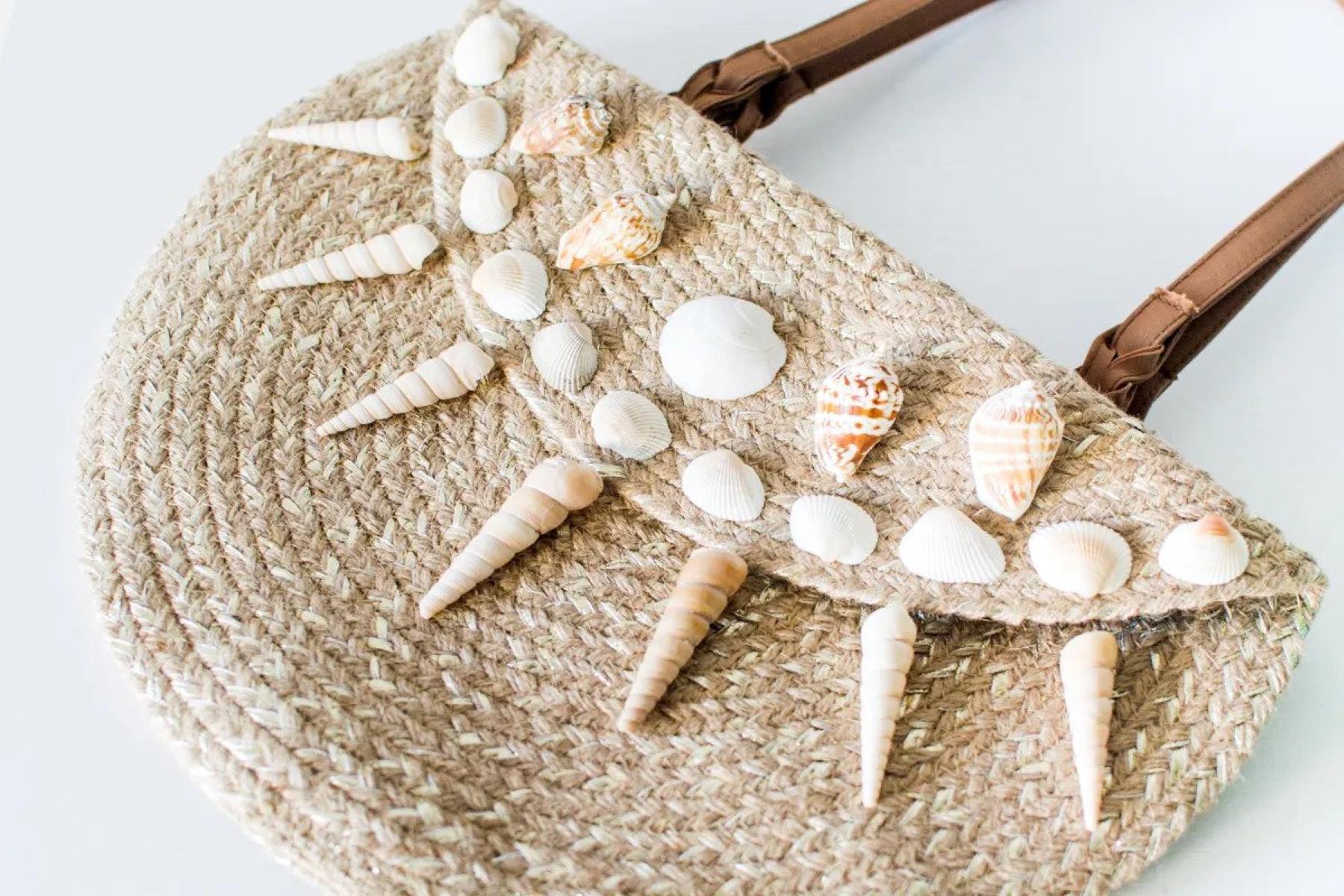
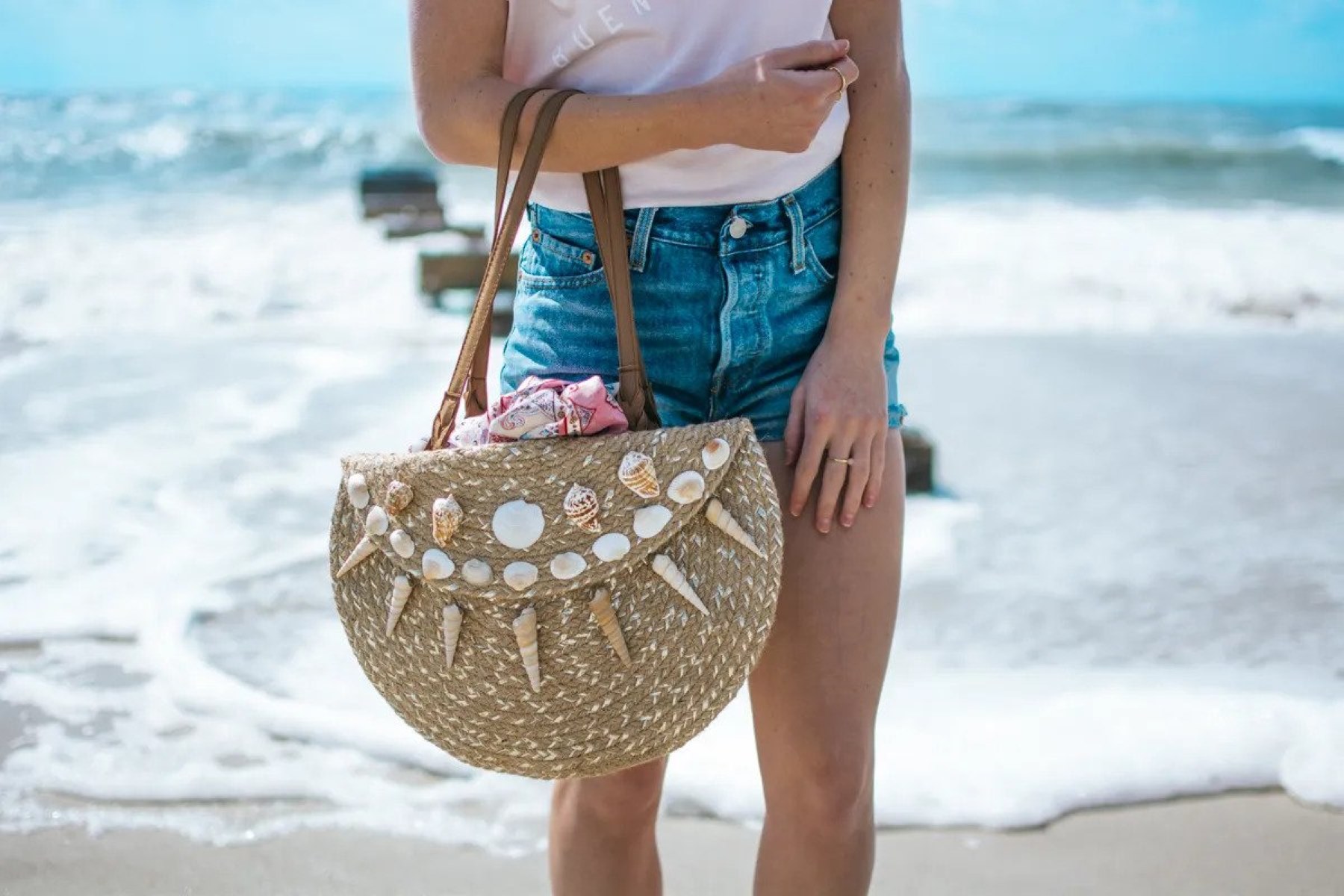
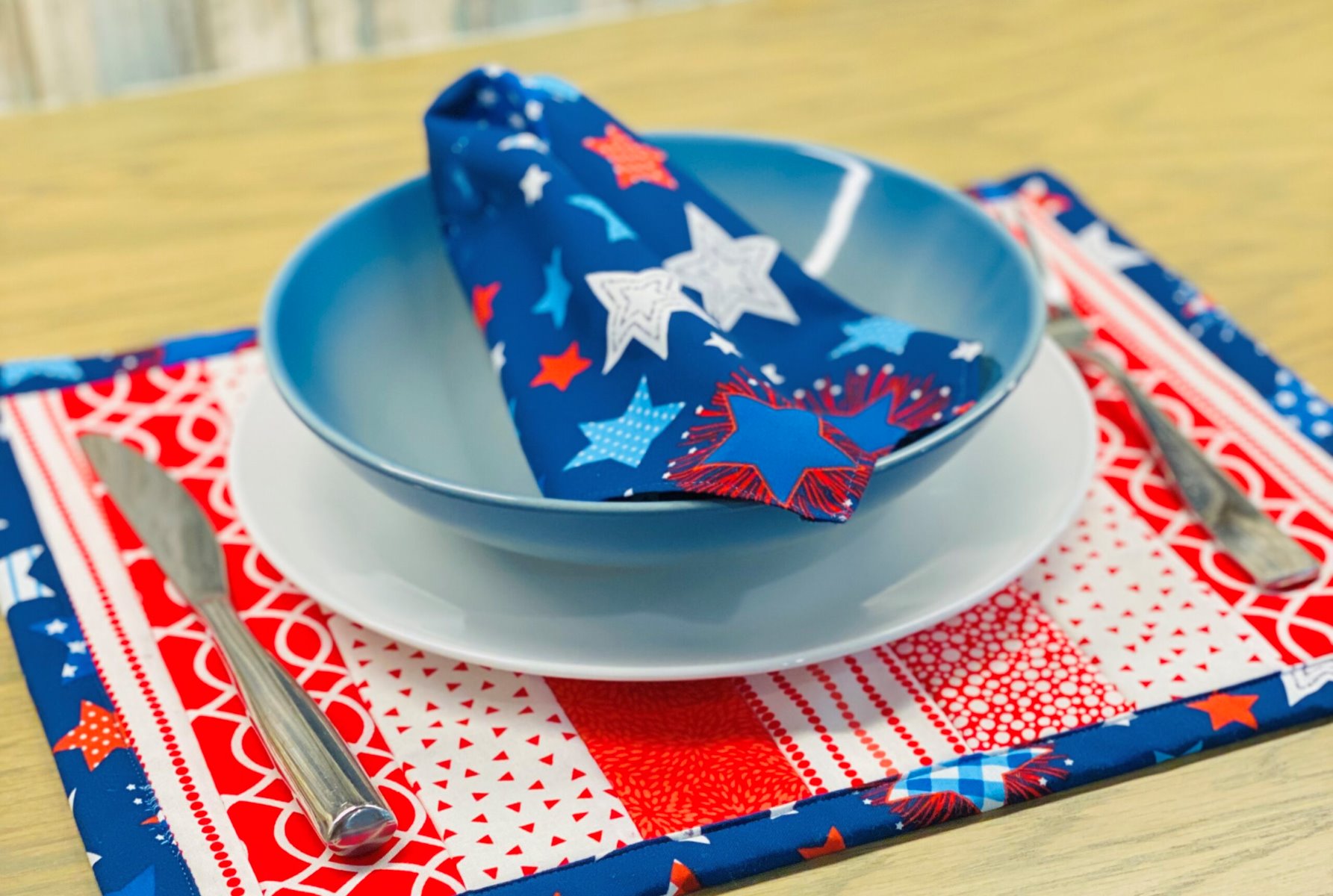
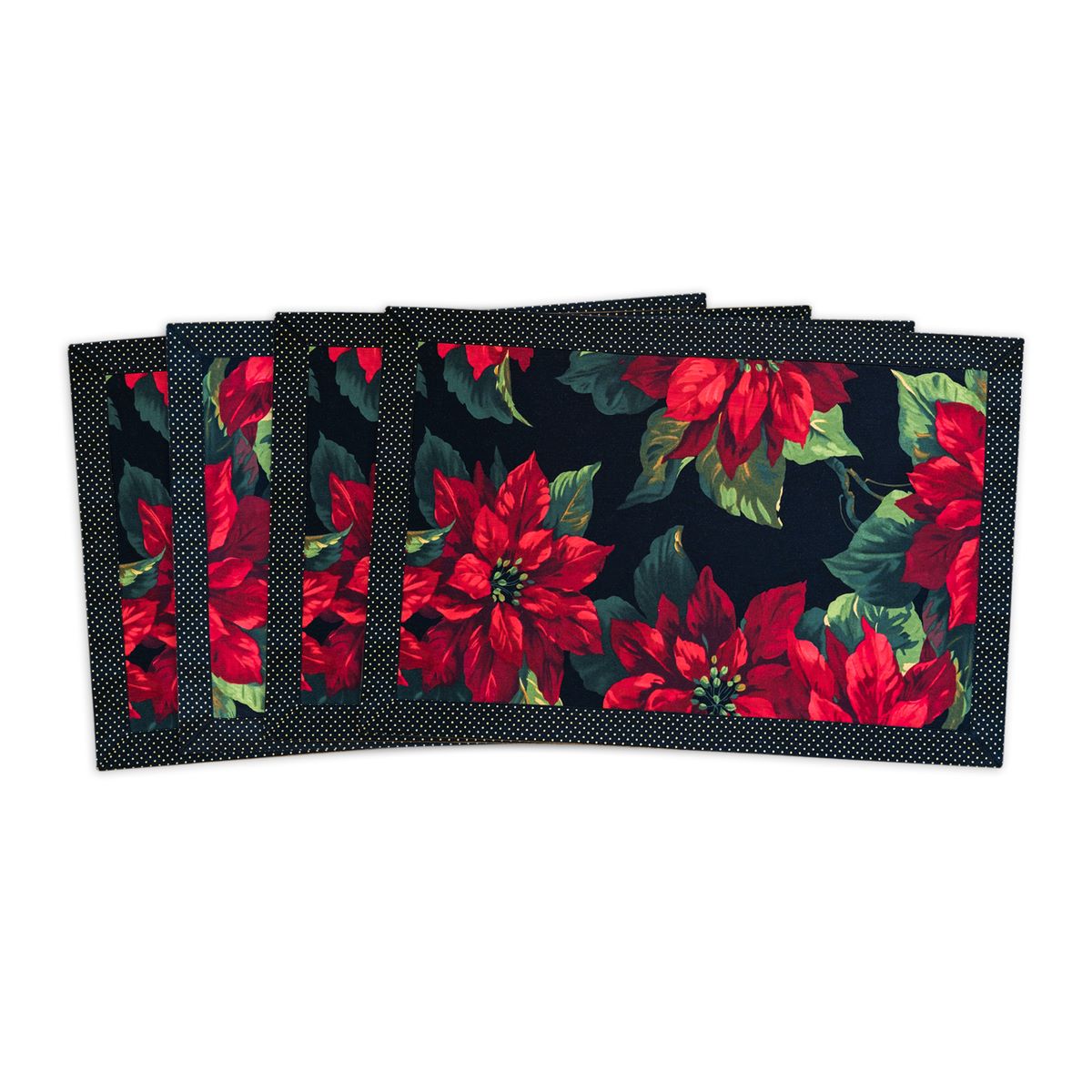
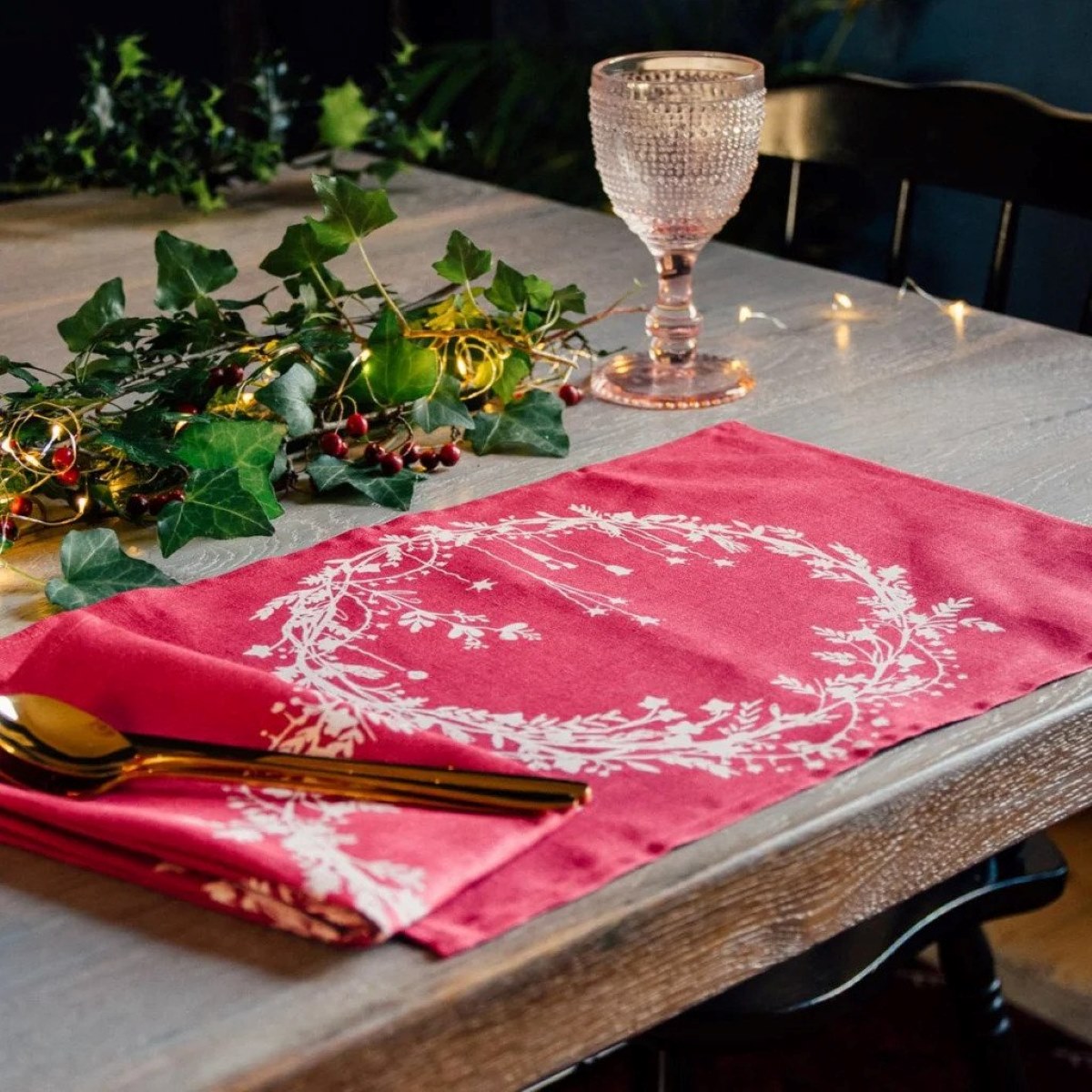
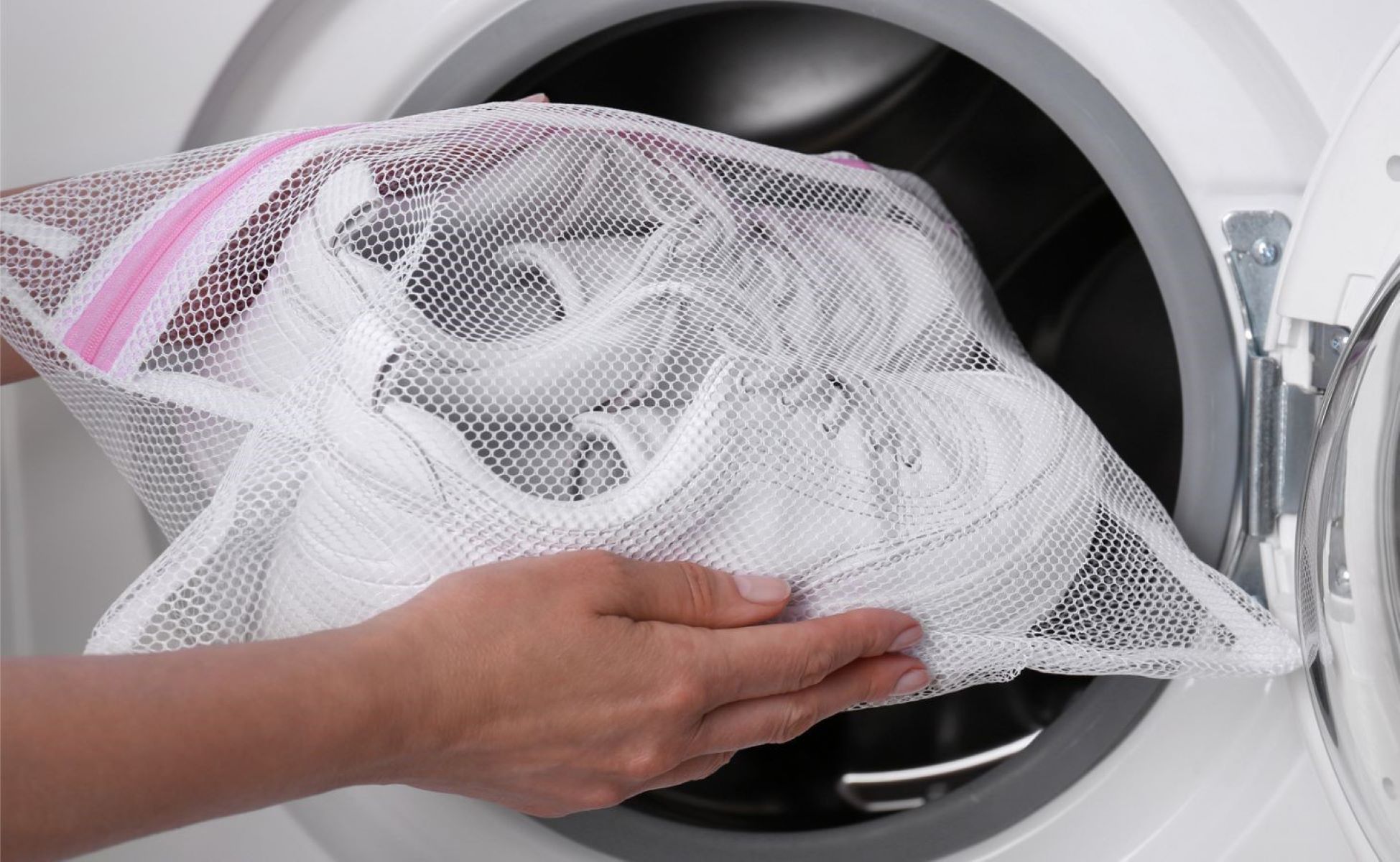
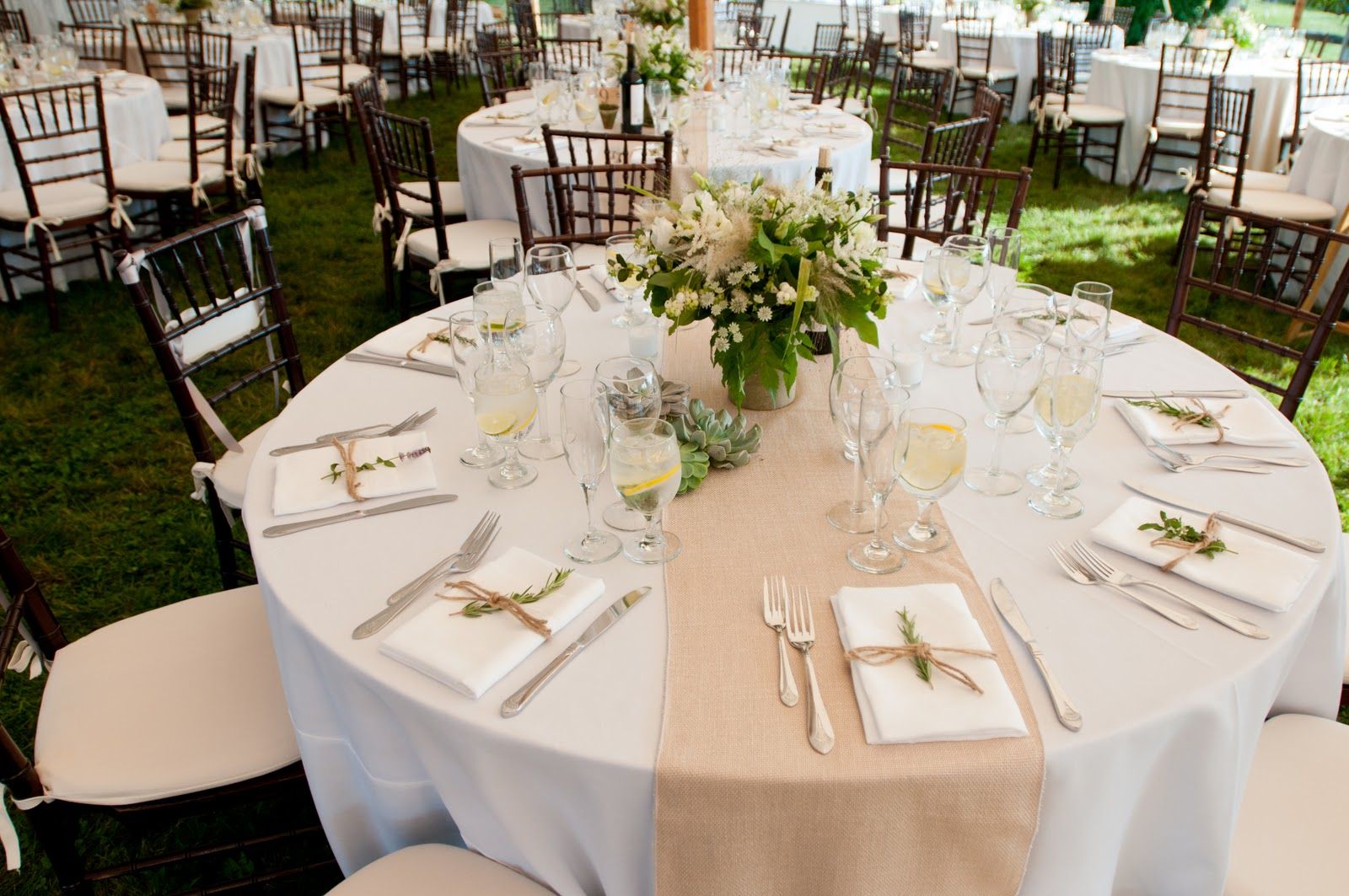
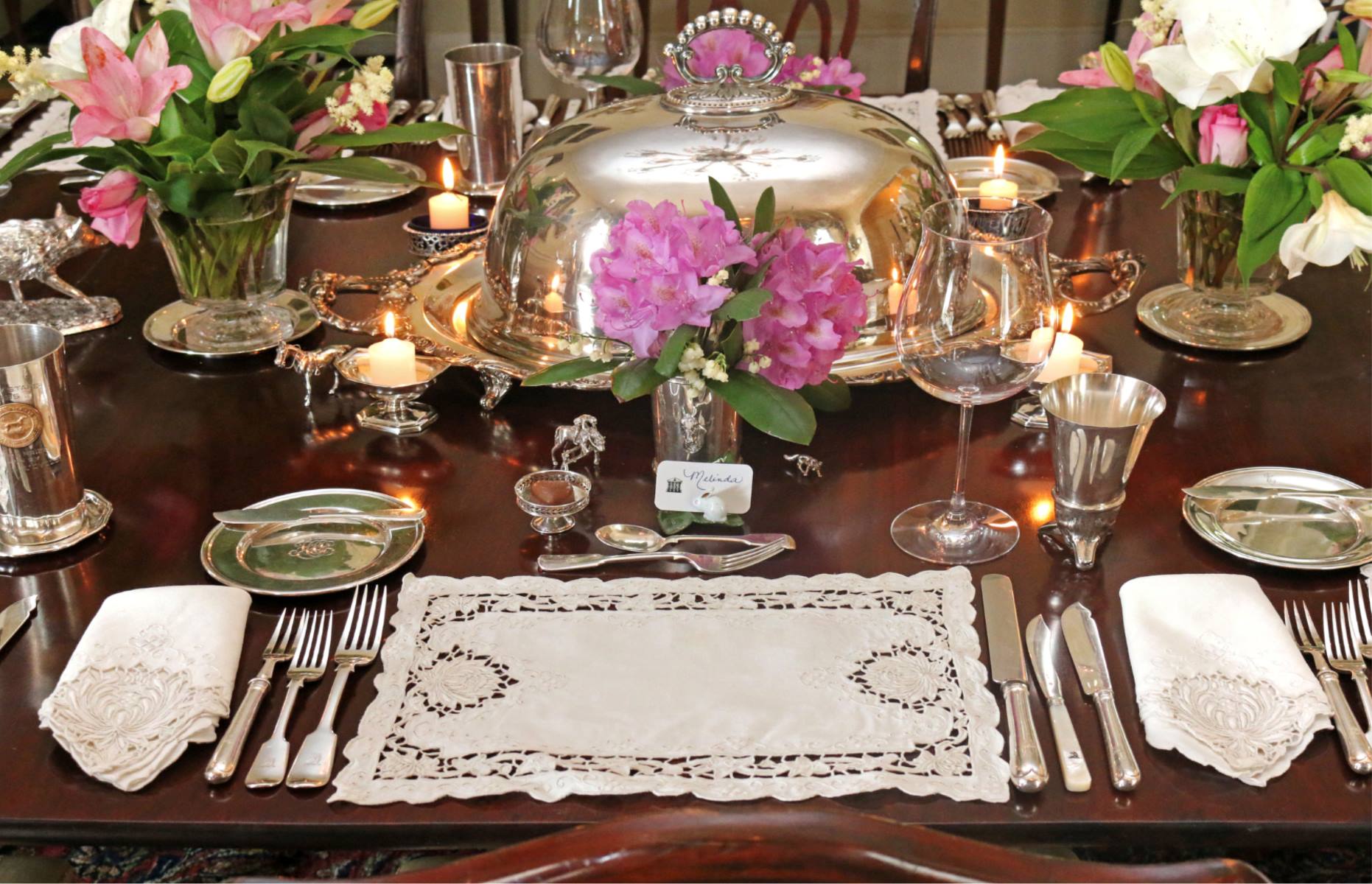
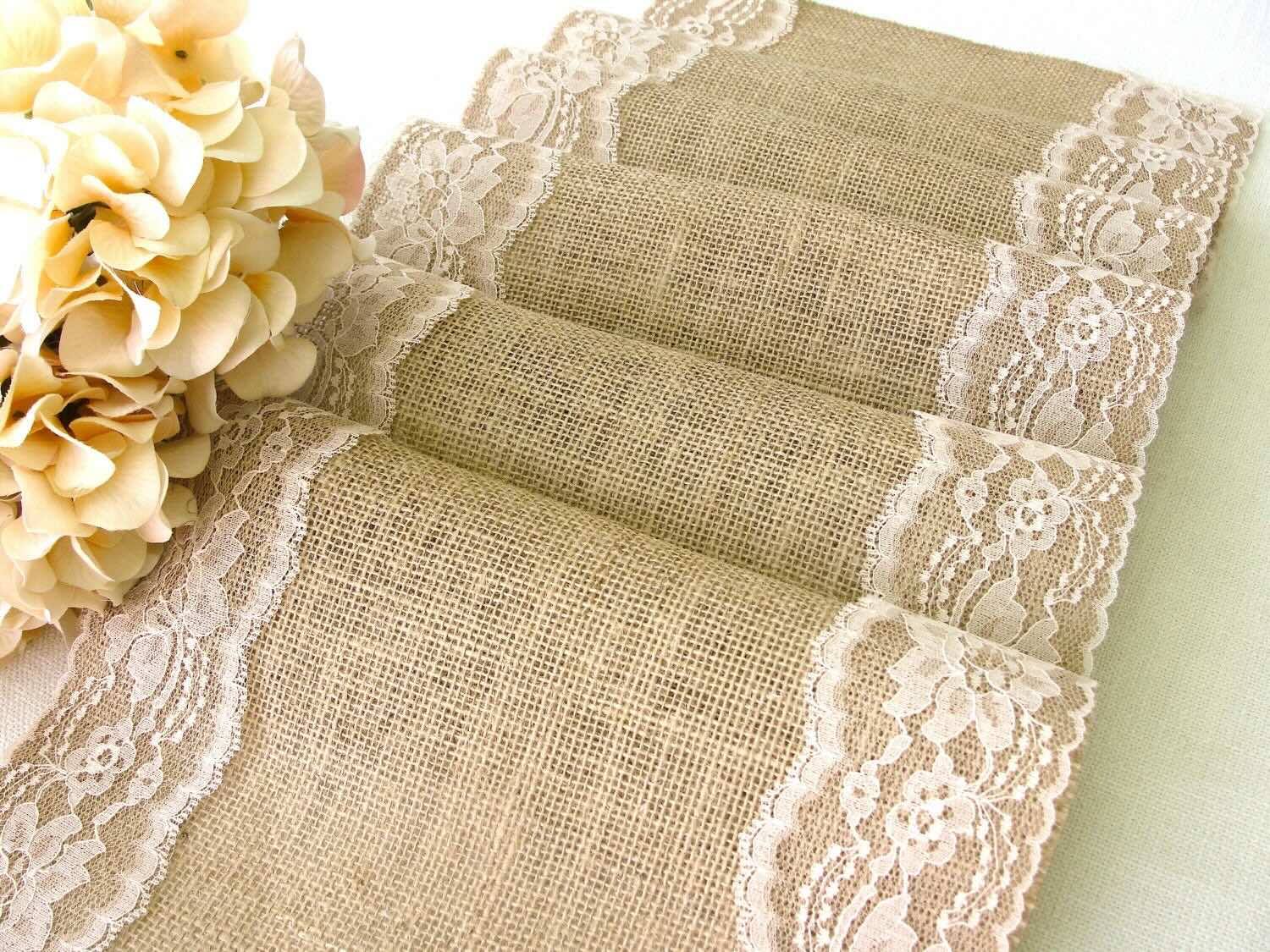

0 thoughts on “How To Make Table Runners And Placemats”